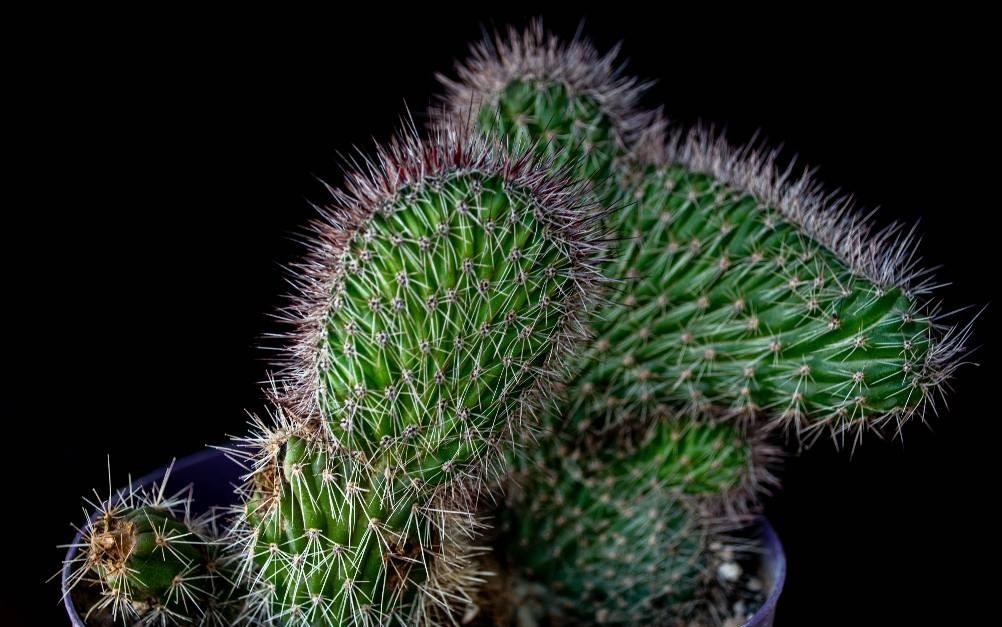Nyctocereus serpentinus (Snake Cactus)“🌵🌙 The Night-Blooming Climber
Nyctocereus serpentinus, now more commonly classified under Selenicereus serpentinus, is an enchanting cactus species celebrated for its twisting, vining stems and spectacular night-blooming flowers. Native to Mexico, this species thrives in tropical and subtropical regions, growing as an epiphytic or climbing cactus that uses surrounding structures for support.
Its distinctive growth habit and large, fragrant white flowers make it a popular choice for hanging baskets, trellises, and tropical cactus displays.
🌿 Botanical Overview
Scientific Name: Nyctocereus serpentinus (Syn: Selenicereus serpentinus)
Common Names: Snake Cactus, Twisted Cereus
Family: Cactaceae
Origin: Mexico
Growth Habit: Climbing, sprawling, or trailing with slender, serpentine stems
Size:
Stems: Can grow up to 6 meters (20 feet) or more when mature
Diameter: Stems are 1–2 cm (0.4–0.8 inches) thick
Stem Description: Dark green, three to five-angled, with small spines along the ribs
Flowers: Large, white, trumpet-shaped, nocturnal blooms with a mild, sweet fragrance
Blooming Season: Late spring to summer, flowers open at night and close by morning
USDA Hardiness Zones: 10–11
☀️ Sunlight and Temperature Requirements
Sunlight:
Prefers bright, indirect light to partial sun
Outdoors: Thrives in filtered sunlight or light shade
Indoors: Place near bright east or west-facing windows or under grow lights
Too much direct, harsh sun can scorch the stems
Temperature:
Ideal: 20–30°C (68–86°F)
Minimum: 5°C (41°F) — protect from frost
Thrives in warm, humid environments, replicating its native tropical habitat
🌞 Adequate light is essential for strong, healthy growth and blooming.
💧 Watering Routine
Growing Season (Spring to Fall):
Water when the top 2–3 cm of soil is dry
Typically every 7–10 days, depending on temperature and humidity
Water thoroughly until it drains out the bottom of the pot
Winter Dormancy:
Water less frequently, about once every 3–4 weeks
Ensure soil remains mostly dry to prevent root rot
💧 Always avoid waterlogging — good drainage is essential to prevent fungal issues.
🌱 Soil Requirements
Type:
Prefers a well-draining, airy soil mix
Ideal blend:
50% cactus or succulent mix
25% perlite or pumice for aeration
25% organic matter like coconut coir or bark chips for moisture retention without sogginess
pH: Neutral to slightly acidic (6.0–7.0)
Because it has an epiphytic nature, this cactus appreciates soil that replicates a light, forest-floor environment.
🌾 Fertilizing Schedule
Active Growth Phase (Spring to Early Fall):
Fertilize every 4 weeks using a balanced, diluted cactus fertilizer (e.g., 10-10-10 or 5-10-10)
Organic fertilizers like worm tea or compost tea are also beneficial
Dormancy Period (Late Fall to Winter):
Fertilization is unnecessary
✂️ Pruning and Maintenance
Pruning:
Prune in spring to:
Control size and shape
Remove dead, damaged, or tangled stems
Encourage branching for a fuller appearance
Always use sterile, sharp scissors
Support:
Use trellises, stakes, or hanging baskets to accommodate its trailing habit
Maintenance Tips:
Rotate the plant regularly for even light exposure
Clean dust off stems with a soft cloth or brush
🌿 Propagation
By Stem Cuttings:
Cut a healthy stem section around 10–15 cm (4–6 inches) long.
Allow it to callous over for 3–5 days in a shaded spot.
Plant in dry, well-draining soil.
Water lightly after a week.
By Seeds:
Seeds can be sown in a moist, well-draining mix kept warm (around 25°C/77°F).
Germination takes 1–3 weeks, but growing to flowering size can take years.
Propagation via stem cuttings is the fastest and easiest method.
🐛 Pests and Problems
Common Pests:
Mealybugs
Spider mites
Scale insects
Diseases:
Root rot due to overwatering
Fungal infections in poorly ventilated conditions
🛡️ Regularly inspect for pests and treat with neem oil, insecticidal soap, or isopropyl alcohol swabs.
🌸 Flowering and Visual Appeal
Flowers:
Large, white, and fragrant, these nocturnal blooms are a showstopper
Flowers are short-lived, opening at night and closing by dawn
Flowering may take a few years and requires mature, well-lit plants
Decorative Uses:
Ideal for hanging baskets, allowing stems to cascade
Suited for trellises or garden walls where it can climb
Perfect for indoor displays in bright rooms
📸 Its twisting green stems and elegant white flowers make it a photogenic choice for plant enthusiasts.
✅ Conclusion
Nyctocereus serpentinus / Selenicereus serpentinus is a fascinating, fast-growing cactus with a serpentine growth habit and stunning nocturnal flowers. With the right combination of light, warmth, and careful watering, this cactus can thrive indoors or out, providing a unique and exotic addition to any plant collection.
“





Reviews
There are no reviews yet.